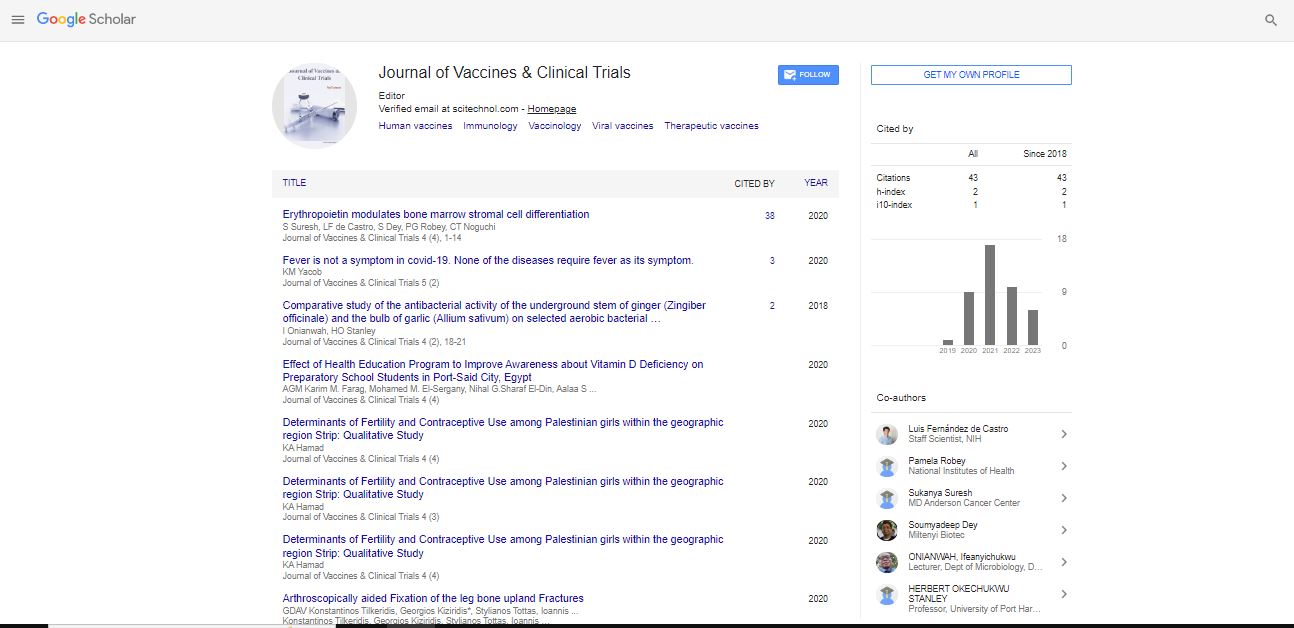The 112-year Odyssey of pertussis and pertussis vaccines-mistakes made and implications for the future
James cherry
UCLA Mattel Children’s Hospital, USA
: J Vacc Clin Trials
Abstract
Bordetella pertussis was isolated in 1 906. Effective DTwP vaccines became available in the 1930s and they were put into routine use in the 1 940s in the U.S. Their use reduced the average rate of reported pertussis from 157/100,000 in the pre-vaccine era to & lt; 1/100,000 in the 1970s. Because of alleged reactions (encephalopathy and death), vaccine use in several countries was discounted (Sweden) or markedly decreased (UK, Germany, Japan). During the 20th century, B. pertussis was extensively studied in animal model systems and many & quot; toxins & quot; and protective antigens were described. A leader in B. pertussis research was Margaret Pittman at NIH/FDA; she published two papers suggesting that pertussis was a pertussis toxin (PT) mediated disease. Dr. Pittman's views led to the idea that less reactogenic acellular vaccines could be produced. The first DTaP vaccines were developed in Japan and put into routine use. Following this, DTaP vaccines were developed in the Western World and definitive efficacy trials were carried out in the 1990s. These vaccines were all less reactogenic than DTwP vaccines and in the spite of the fact that their efficacy was less than DTwP vaccines; they were approved in the U.S. and many other countries. DTaP vaccines replaced DTwP vaccines in the U.S. in 1997. During the last 15 years, major pertussis epidemics have occurred in the U.S. and numerous studies have demonstrated the deficiencies of DTaP vaccines. Three of these deficiencies are the small number of antigens that the vaccines contain the type of cellular immune response that they elicit and all DTaP vaccines contain too much PT and FHA. The type of cellular response, results in less good and shorter duration of protection. Because of the small number of antigens (3-5 in DTaP vaccines vs & gt; 3000 in DTwP vaccines) linked-epitope suppression occurs. Because of linkedepitope suppression, all children who were primed by DTaP vaccines will be more susceptible to pertussis throughout their lifetimes and there is no easy way to decrease this increased lifetime susceptibility.
Biography
E-mail: jcherry@mednet.ucla.edu
 Spanish
Spanish  Chinese
Chinese  Russian
Russian  German
German  French
French  Japanese
Japanese  Portuguese
Portuguese  Hindi
Hindi 